Venera-8 made a photo of Venus’ surface possible.
Launched in March 1972, Venera-8 was part of the Soviet Union’s exploration of Venus — in less than an hour it revealed critical details of this seemingly inaccessible planet.
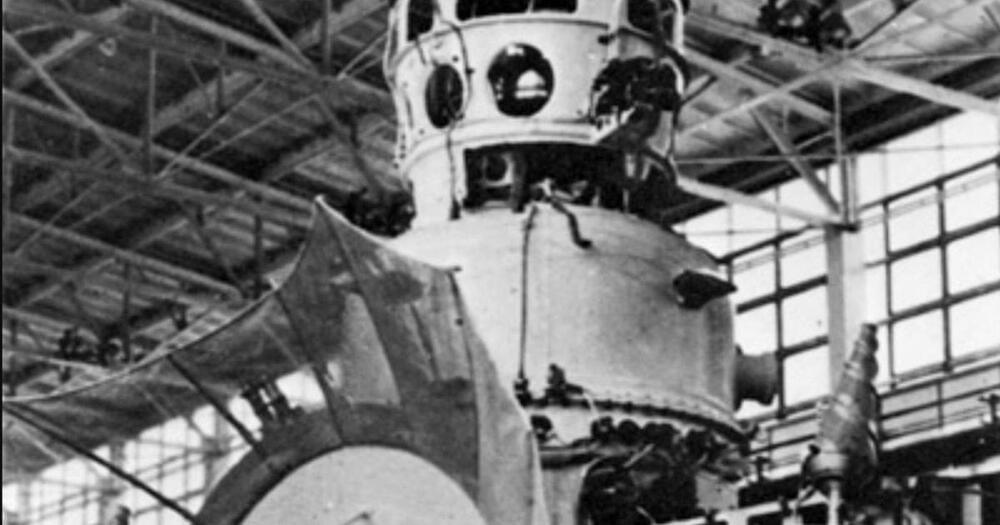
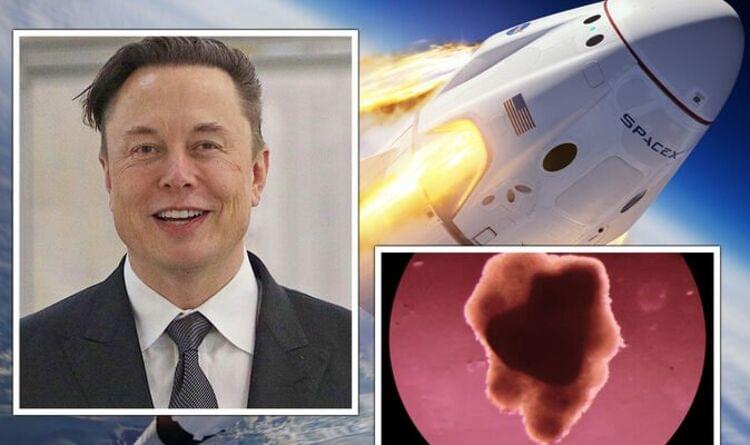

I’m trying to recall a sci-fi short story that I once read, about a spacecraft that’s attempting to travel farther from Earth than anyone ever has before. As it gets farther away, the crew start to experience unexplained psychological and neurological symptoms. One by one, they eventually become catatonic and need to be cared for in the ship’s infirmary, while their crewmates desperately try to determine the cause.
The protagonist is the last person to be affected, and just as they are starting to succumb, they come up with a theory: human consciousness is not just an individual phenomenon, but is somehow dependent on the collective effect of all the other human minds on Earth. So as the ship leaves Earth’s “sphere of influence”, its passengers lose their consciousness and intelligence. Having realized this, the protagonist is barely able to program the autopilot to turn around, and the narration describes their descent into insanity and subsequent return to consciousness.
The title might have contained a reference to “closeness”, “distance”, “solitude”, “togetherness”, or something along those lines. I have a vague sense that the theme and style reminded me of David Brin’s work, but having looked through his bibliography, I don’t think it’s one of his stories.
Provided an FAA environmental review wraps up by then.
The SpaceX boss provided a recent update on the long-anticipated first orbital launch for his Mars-bound Starship rocket.

Elon Musk is at it again on Twitter, this time taking shots at the White House’s plan to impose a “billionaires’ tax” in the U.S.
Musk agreed with another tweeter’s statement by writing “SpaceX & Tesla would probably have died,” if there was a similar tax initiative in 2008, as “both narrowly escaped bankruptcy in 2008.”
## Elon Musk could pay an additional $50 billion in taxes.
The white house’s billionaire minimum income tax\.
@JimPethokoukis Good point. SpaceX & Tesla would probably have died, since both narrowly escaped bankruptcy in 2008.
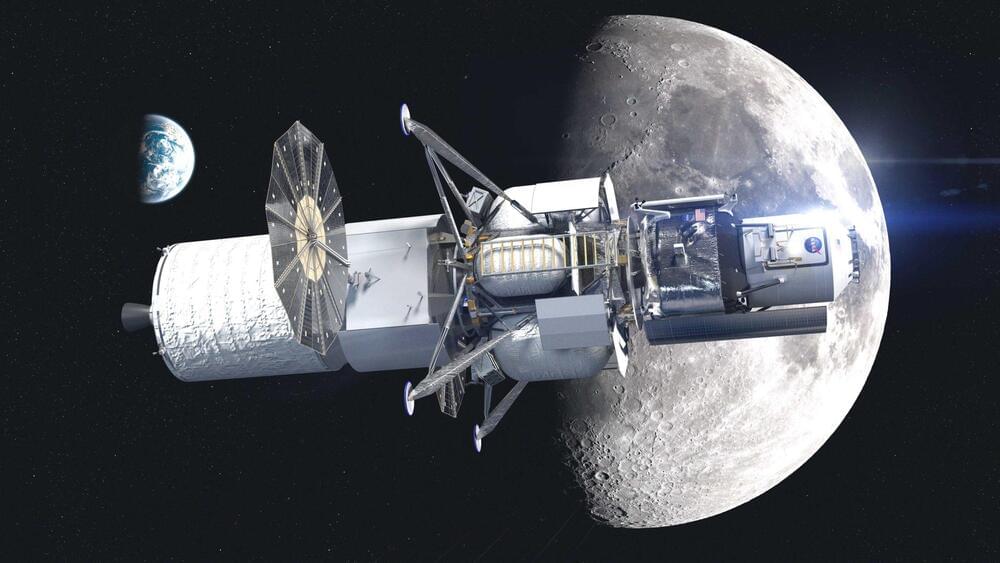
WASHINGTON — Northrop Grumman says it’s still considering whether to rejoin a Blue Origin-led team for a second Artemis lunar lander competition or to go on its own.
In a media briefing March 30 about the company’s overall contributions to the Artemis program, executives said they were “encouraged and excited” about NASA’s plans to procure a second lander through the new Sustaining Lunar Development effort announced March 23. That lander will join the one being developed by SpaceX and based on its Starship vehicle through Option A of the Human Landing System (HLS) program.
Northrop Grumman competed for the original HLS award as part of a “National Team” led by Blue Origin that also included Lockheed Martin and Draper. Northrop’s role in that effort was to provide a transfer element that would transport the lunar module from the Gateway to low lunar orbit.
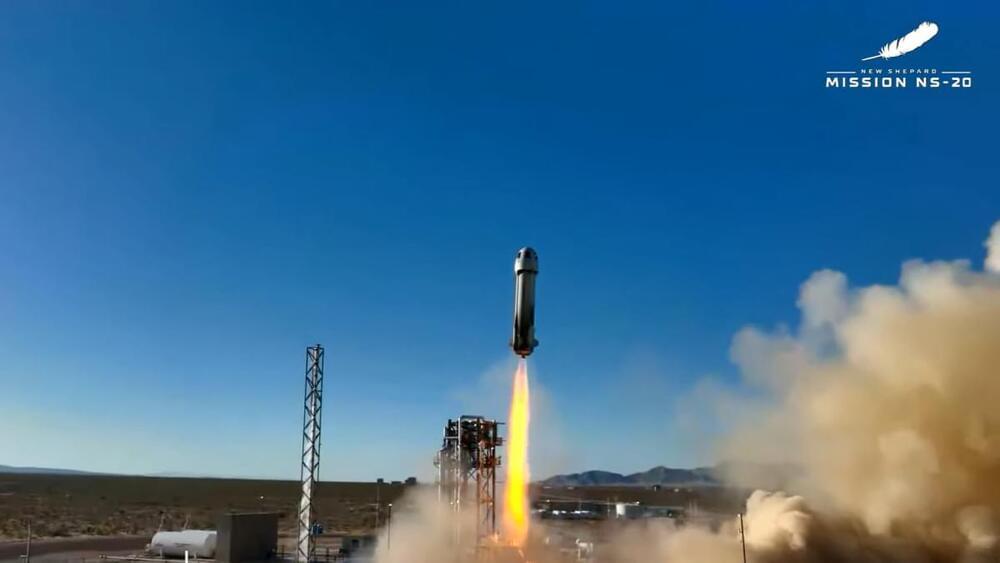
Last September, the company launched its inaugural rocket but it was intentionally exploded minutes after lifting off.
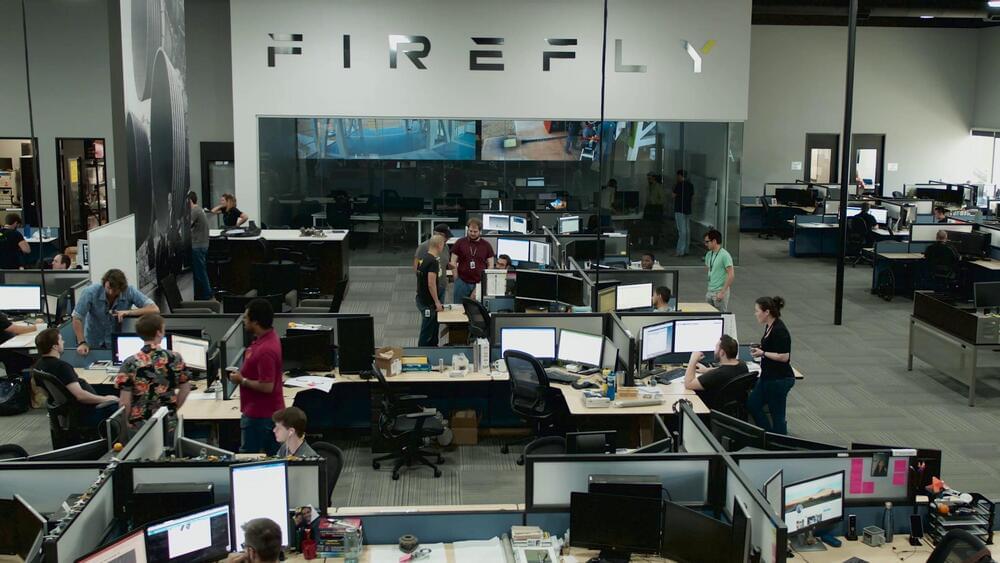
Firefly Aerospace has a new majority owner as the Central Texas-based aerospace company prepares for its second rocket launch.
AE Industrial Partners, a private equity firm, has acquired a majority stake in Firefly Aerospace, the company announced.
The Cedar-Park-based company also raised $75 million in a funding round led by AE Industrial Partners. Firefly said it now estimates its valuation at more than $1 billion.